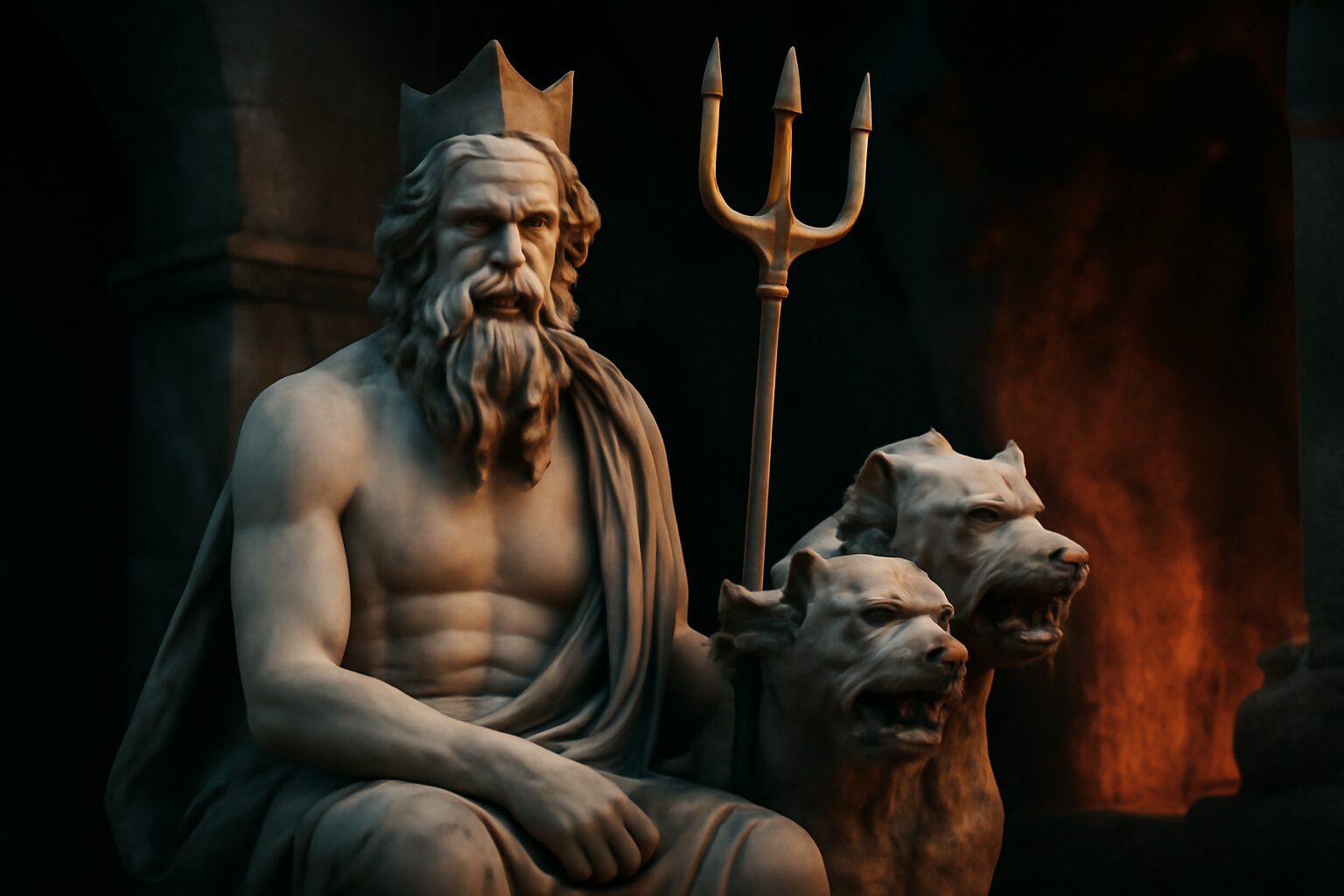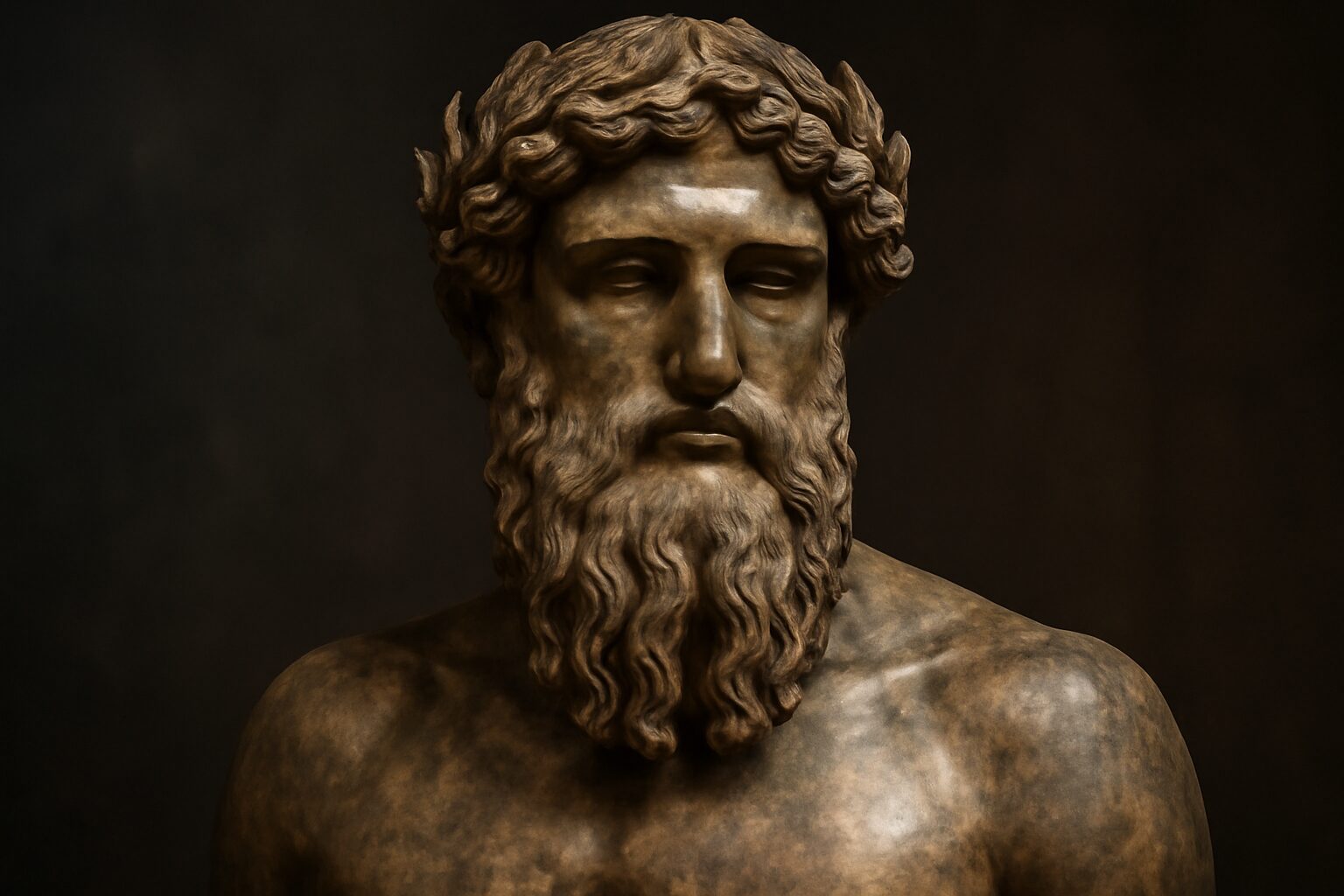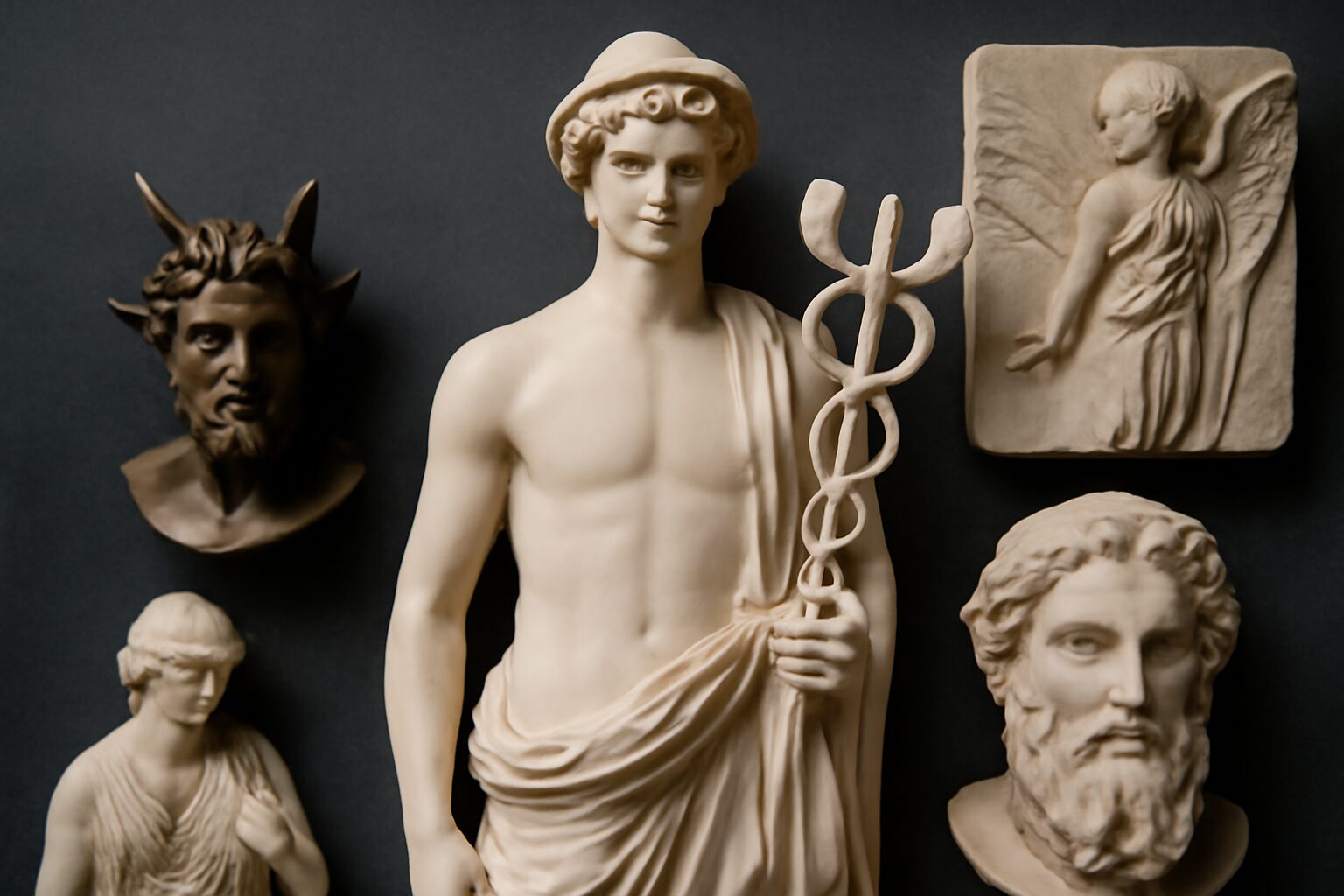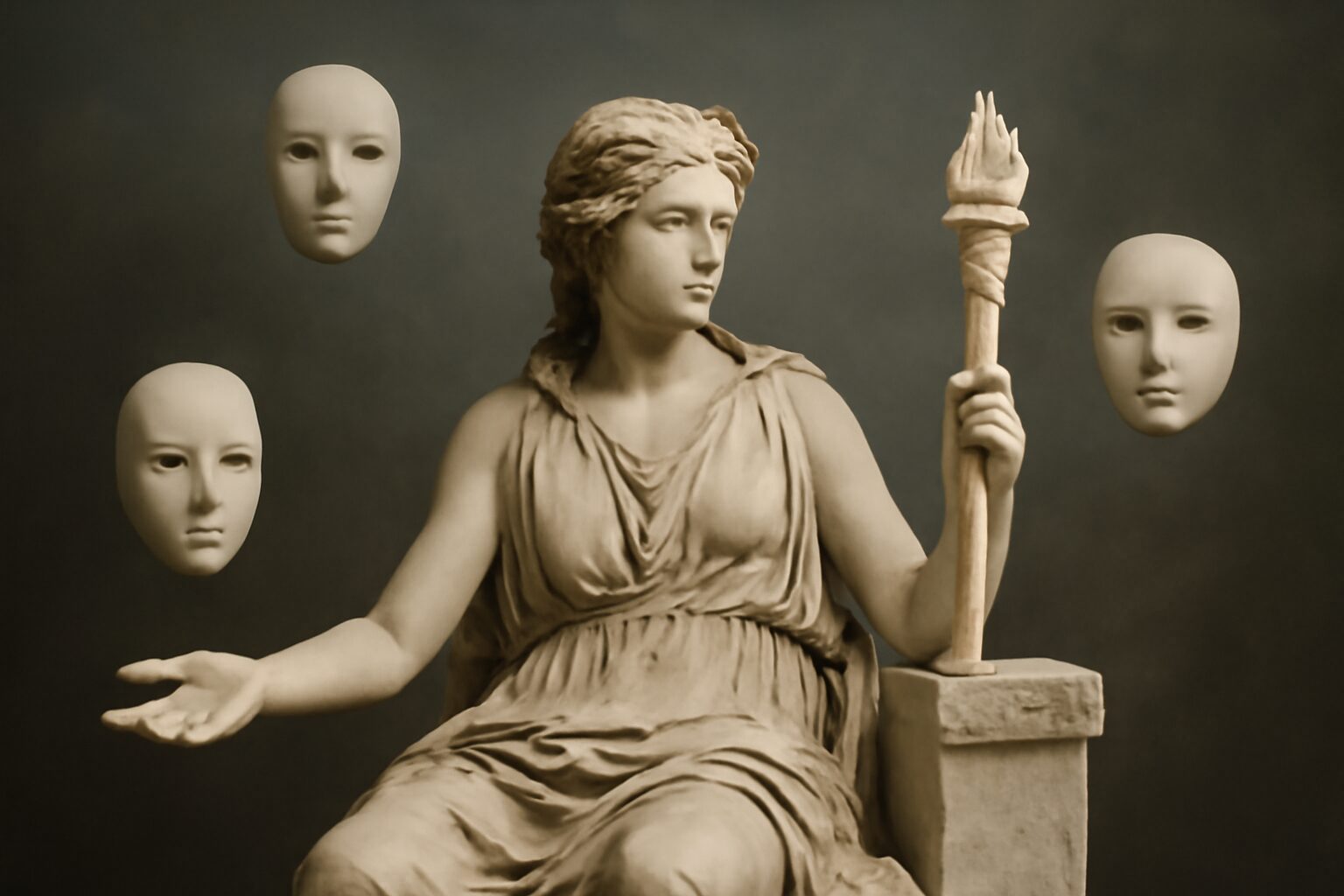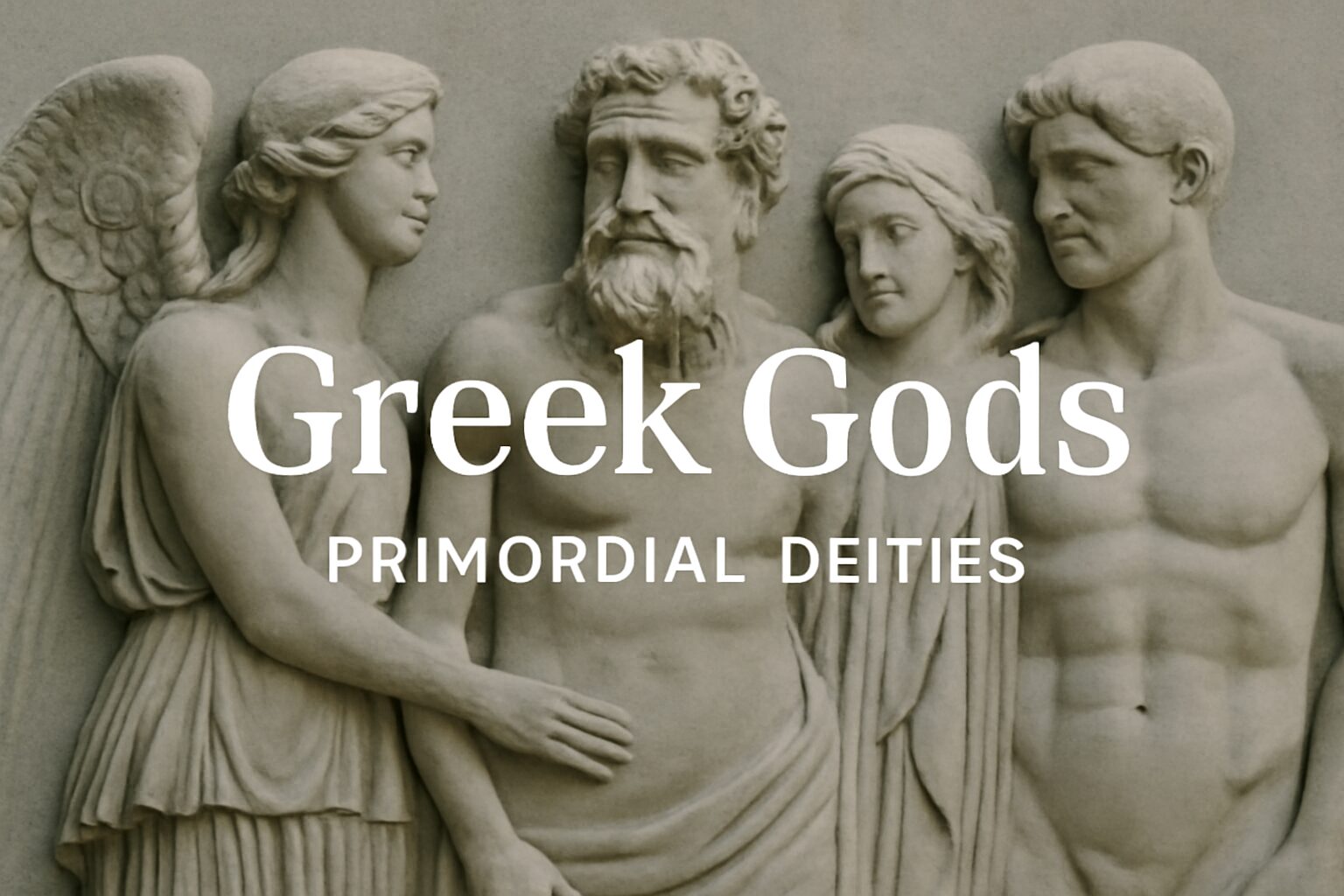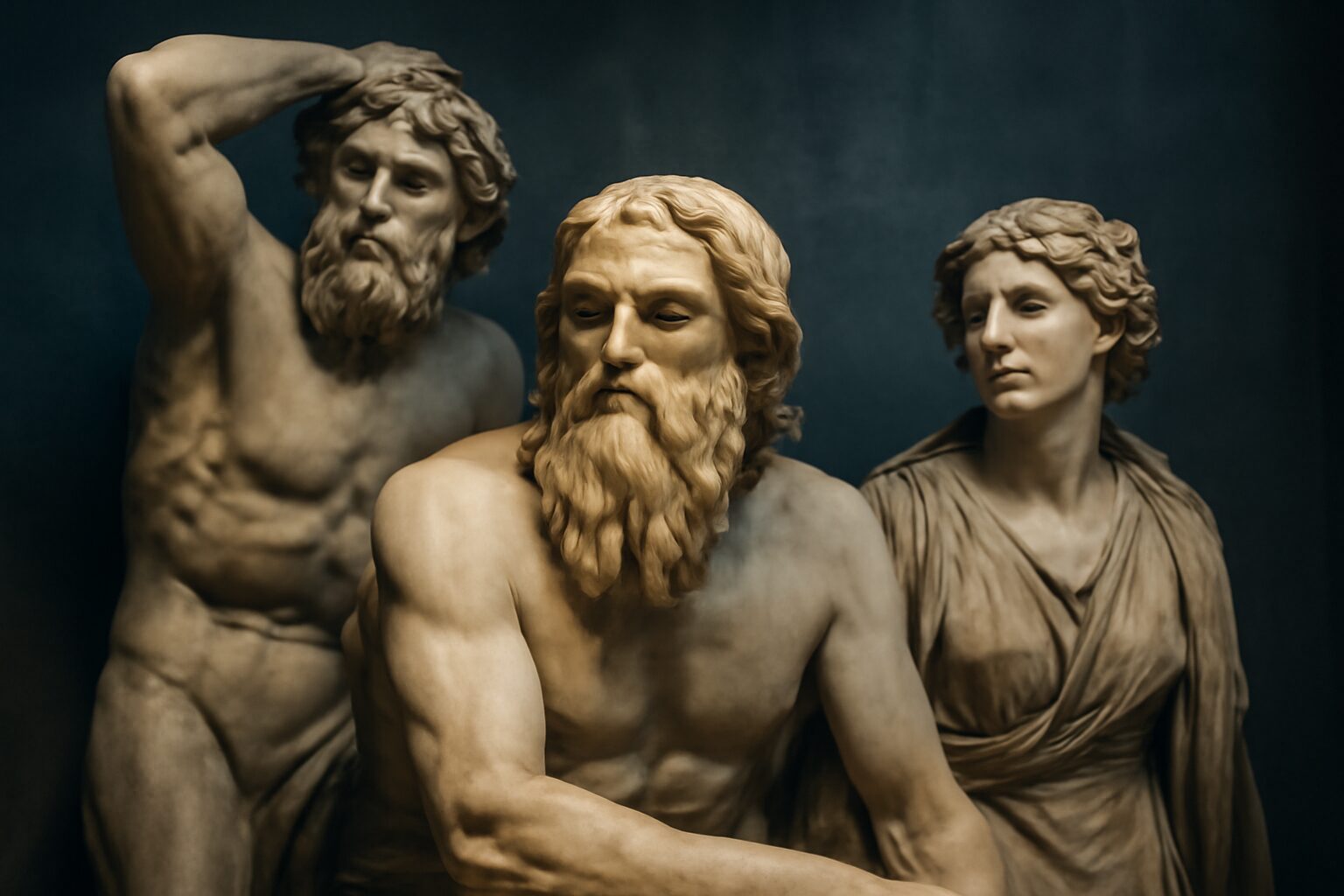Selene: The Titan Goddess of the Moon
In Greek mythology, Selene is the radiant Titan goddess of the moon, known for her luminous beauty and nightly journey across the sky. Daughter of the Titans Hyperion and Theia, and sister to Helios (the sun) and Eos (the dawn), Selene was one of the most revered celestial deities in ancient Greece. Her name itself means "moon," and she was often depicted as a woman with a crescent moon crown, driving a silver chariot pulled by two white horses or oxen.
Mythology and Powers
Selene's most famous myth involves her love affair with the mortal shepherd Endymion. According to legend, Selene was so captivated by his beauty that she asked Zeus to grant him eternal youth and eternal sleep, allowing her to visit him each night in his cave on Mount Latmos. This story became a symbol of undying love and the moon's gentle, watchful presence over the earth.
As a moon goddess, Selene possessed the power to illuminate the night sky, control the tides, and influence the passage of time. She was also associated with magic, dreams, and the cycles of nature. Unlike Artemis, who later became associated with the moon in some traditions, Selene was the original and primary lunar deity in early Greek mythology.
Relationships and Worship
Selene was sometimes conflated with other lunar goddesses like Artemis and Hecate, but she maintained her own distinct identity. She had several children, including Pandia (goddess of the full moon) and Nemea (a nymph associated with the Nemean lion). Her Roman counterpart was Luna, who shared many of her attributes.
Worship of Selene was widespread in ancient Greece, particularly in Elis and at the Temple of Artemis in Ephesus, where she was honored alongside her siblings. Offerings of white flowers, silver, and moon-shaped cakes were made to her during lunar festivals. Her image frequently appeared on coins, pottery, and in poetry as a symbol of night's quiet beauty.
Symbolism and Legacy
Selene represented the moon's cyclical nature - its waxing and waning mirroring life's constant changes. Ancient Greeks saw her as a bridge between the celestial and earthly realms, her soft light providing comfort and guidance to night travelers. Today, Selene's legacy endures in astronomy (the element selenium is named after her), literature, and art, where she remains an enduring symbol of lunar mystique and romantic devotion.
Alternative Names for Selene
God Name: Luna (Roman)
Luna is the Roman equivalent of the Greek goddess Selene, both representing the moon. The name Luna is derived from the Latin word for moon, 'luna', and she was worshipped in Roman religion as a divine embodiment of the moon.
God Name: Mene (Greek)
Mene is an alternative name for Selene in Greek mythology, derived from the Greek word 'mene', meaning 'moon'. It highlights her role as the personification of the moon and is often used in poetic contexts.
God Name: Phoebe (Greek)
Phoebe is another name associated with Selene, meaning 'bright' or 'pure'. In some traditions, Phoebe is considered a Titan associated with the moon, and the name was later attributed to Selene as an epithet emphasizing her luminous nature.
God Name: Cynthia (Greek)
Cynthia is an epithet for Selene, derived from Mount Cynthus on Delos, a sacred site. The name means 'of Cynthus' and was used to associate Selene with the moon's light, as Delos was a significant location in Greek mythology.
Tales about Selene
Selene and Endymion: The Eternal Slumber
In the quiet hills of Caria, Selene, the radiant Titaness of the moon, once gazed upon the mortal shepherd Endymion. Struck by his unparalleled beauty, she descended from her celestial chariot, her silver light bathing the sleeping youth. Overcome with love, Selene pleaded with Zeus to grant Endymion eternal youth and an endless, dream-filled sleep, so she might visit him each night without the fear of his mortality. Zeus, moved by her devotion, acquiesced, and Endymion was placed in an ageless slumber within a cave on Mount Latmos. To this day, Selene’s gentle beams caress his resting form, a testament to divine love that transcends time itself.
Selene and Pan: The Gift of the Lunar Chariot
One evening, as Selene guided her moon chariot across the heavens, she encountered the rustic god Pan, known for his wild nature and musical prowess. Intrigued by her luminous presence, Pan sought to win her favor. He wove a tale of his adventures and played a haunting melody on his syrinx, enchanting the night. In return for his artistry and companionship, Selene, feeling a rare kinship, bestowed upon Pan a magnificent white bull, whose hide shimmered with a silvery sheen under the moonlight. This gift symbolized their alliance between the celestial and the earthly, a harmony of night’s serenity and nature’s untamed spirit.
Frequently Asked Questions
Who is Selene in Greek mythology?
Selene is the Greek goddess of the moon. She is one of the Titans, the ancient gods who ruled before the Olympians. Selene is often depicted driving a chariot across the night sky, bringing moonlight to the world.
What are the Titans in Greek mythology?
The Titans were a race of powerful deities who ruled the cosmos before the Olympian gods. They were the children of Gaia (Earth) and Uranus (Sky) and included figures like Cronus, Rhea, and Selene. They were eventually overthrown by Zeus and the Olympians in a war called the Titanomachy.
Why is Selene important in Greek mythology?
Selene is important because she represents the moon and its cycles, which were crucial to ancient Greeks for timekeeping, agriculture, and navigation. Her myths also explain natural phenomena, like the moon's movement across the sky, and she is often associated with magic and mystery.
How does Selene's story apply to modern life?
Selene's story reminds us of humanity's long fascination with the moon and its influence on culture, science, and art. Her myths also symbolize themes like light in darkness, cycles of time, and the connection between nature and divinity, which remain relevant today.
What can we learn from the Titans in Greek mythology?
The Titans teach us about the ancient Greeks' understanding of the world's origins and the struggle for power. Their stories highlight themes of rebellion, destiny, and the transition from old orders to new ones, reflecting universal human experiences of change and conflict.



